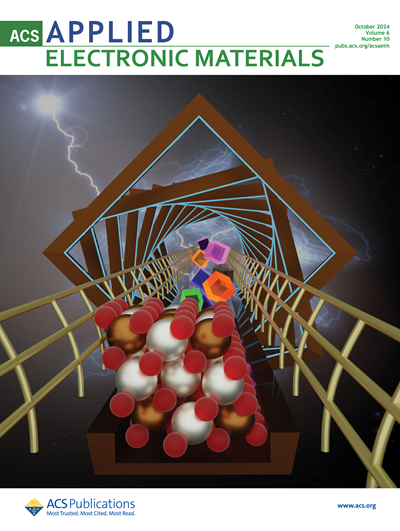基于虚拟样机学习的砂体厚度预测方法及应用
IF 4.7
3区 材料科学
Q1 ENGINEERING, ELECTRICAL & ELECTRONIC
引用次数: 0
摘要
本文旨在阐明四川中部侏罗系沙溪庙地层储层中河道砂体的空间展布特征,提高河道特征描述的精度。针对研究区机器学习训练样本不足、预测结果缺乏连续性等问题,选取沙溪庙地层第二系7号砂层为例,采用提升回归树(BRT)模型与虚拟点相结合的方法,精确刻画砂体的空间分布。从已知砂体厚度和地震属性数据出发,利用 BRT 模型对所选属性进行融合,得到初步预测结果。在此基础上,采用网格划分法选取虚拟点,得到三个虚拟数据集,用于砂体预测。然后利用聚类拓扑方法对三个预测结果进行分析,得出优势区域,并对虚拟点进行第二次选择,得出最终的沙体预测结果。结果表明,与其他机器学习方法相比,BRT 模型的预测精度有所提高。同时,针对研究区域样本数量不足的问题,采用本文提出的两阶段虚拟点生成方法后,模型训练结果中测试集的 R² 达到 0.887。最终预测结果表明,砂体分布效果令人满意,河道连续性不足的问题可以得到改善,与水井的吻合度较高。本文章由计算机程序翻译,如有差异,请以英文原文为准。
Method and application of sand body thickness prediction based on virtual sample-machine learning
The purpose of this paper is to clarify the spatial spreading characteristics of the channel sand body in the Jurassic Shaximiao Formation reservoir in central Sichuan, and to improve the precision of channel characterization. Aiming at the problems of insufficient machine learning training samples and a lack of continuity of prediction results in the study area, we select the No. 7 sand formation of the second member of Shaximiao Formation as an example and use the method of combining boosted regression tree (BRT) model and virtual points to accurately depict the spatial distribution of the sand body. Starting from the known sand thickness and seismic attribute data, the BRT model is used to fuse the selected attributes to obtain the preliminary prediction results. On this basis, grid division is used to select virtual points to obtain three virtual datasets for sand body prediction. The three predictions are then analyzed using the clustering?topology method to obtain the dominant regions, and the virtual points are selected a second time for the final sand body prediction. The results show that the prediction accuracy of the BRT model is improved compared with other machine learning methods. Meanwhile, to address the insufficient number of samples in the study area, after using the two-stage virtual point generation method proposed in this paper, the R² of the test set in the model training results reaches 0.887. The final prediction results show that the sand body distribution effect is satisfactory, the lack of continuity of the channel can be improved, and the agreement with the well is high.
求助全文
通过发布文献求助,成功后即可免费获取论文全文。
去求助
来源期刊

ACS Applied Electronic Materials
Multiple-
CiteScore
7.20
自引率
4.30%
发文量
567
期刊介绍:
ACS Applied Electronic Materials is an interdisciplinary journal publishing original research covering all aspects of electronic materials. The journal is devoted to reports of new and original experimental and theoretical research of an applied nature that integrate knowledge in the areas of materials science, engineering, optics, physics, and chemistry into important applications of electronic materials. Sample research topics that span the journal's scope are inorganic, organic, ionic and polymeric materials with properties that include conducting, semiconducting, superconducting, insulating, dielectric, magnetic, optoelectronic, piezoelectric, ferroelectric and thermoelectric.
Indexed/Abstracted:
Web of Science SCIE
Scopus
CAS
INSPEC
Portico
 求助内容:
求助内容: 应助结果提醒方式:
应助结果提醒方式:


